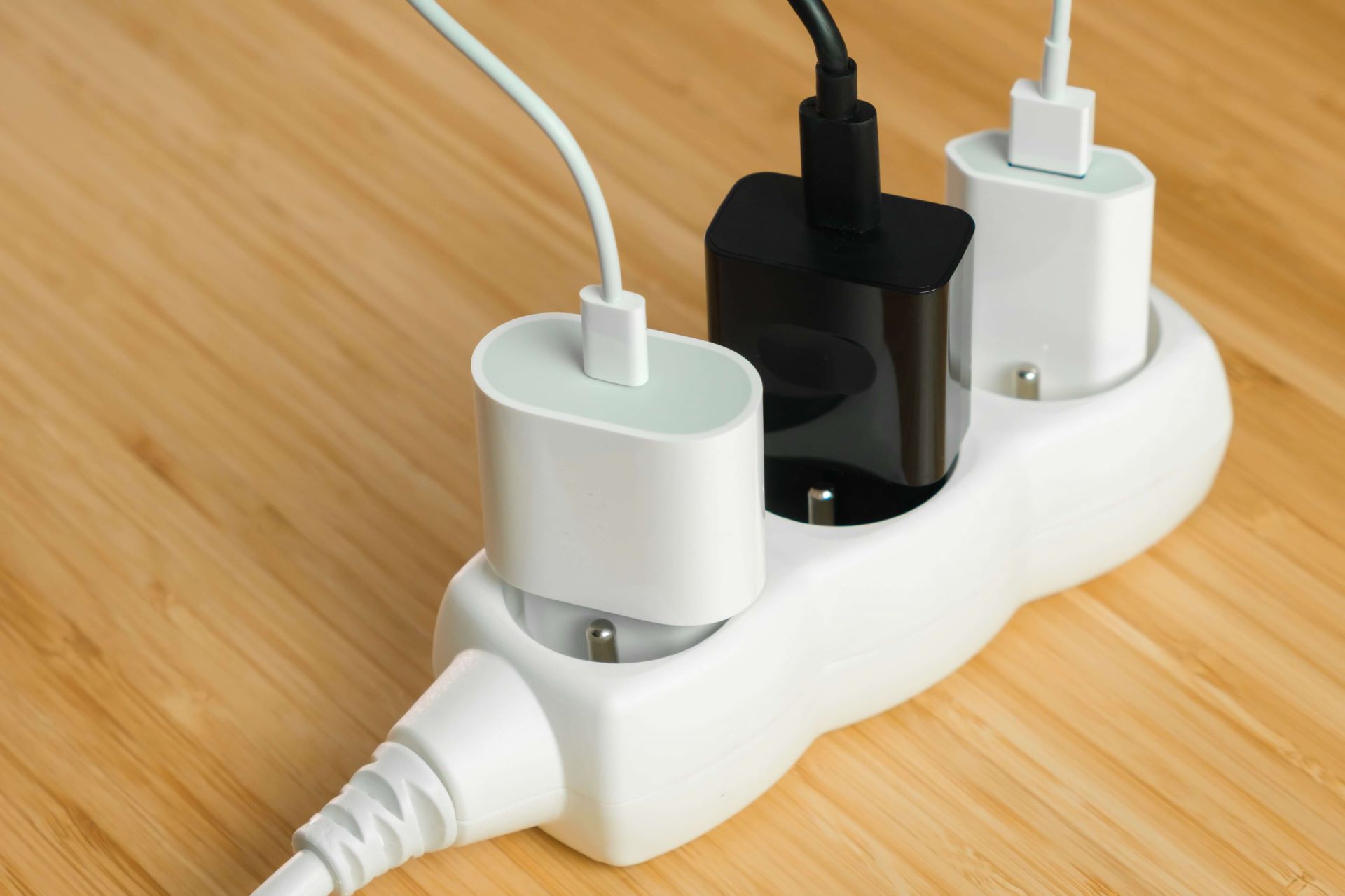The advancements of the technology in the present has afforded us conveniences and livelihoods in the modern time which harness the power of electricity through gadgets and appliances used in everyday living. It has become a nonnegotiable to virtually any person living in modern to society to possess an electronic gadget, such as smartphones. If you plan to travel from your condo in Tagaytay to foreign countries, then this blog may benefit you in preparing for your device-charging needs in your travels.
Electronics come with a plug and charger
Other gadgets that prove to be widely useful to the daily activities of humans, particularly for travelling, include cameras, smartwatches, laptops, and the like. It is important to note, however, that the aforementioned gadgets do not have unlimited power to maintain constant usage. Therefore, chargers come with purchasing electronic gadgets in order to charge the depleted batteries of said gadgets.
When plugging a gadget to its respective charger, the charger will need to be connected to an electrical socket. In the context of travelling, the standard electrical socket will vary depending on the country that you have travelled to. There are various electrical sockets used over the globe, which means that there are also different kinds of plugs that are designed to connect to the various types of electrical sockets.
It is significant to note as well that the voltage output will vary in accordance with the type of electrical socket and its corresponding plug. This may be related to how countries handle their use of electricity in the functioning of their related societies.
Data on different types of electrical plugs and sockets worldwide
Keep in mind that for every type of plug, there is a corresponding socket. For example, a type A plug will only connect to a type A socket.
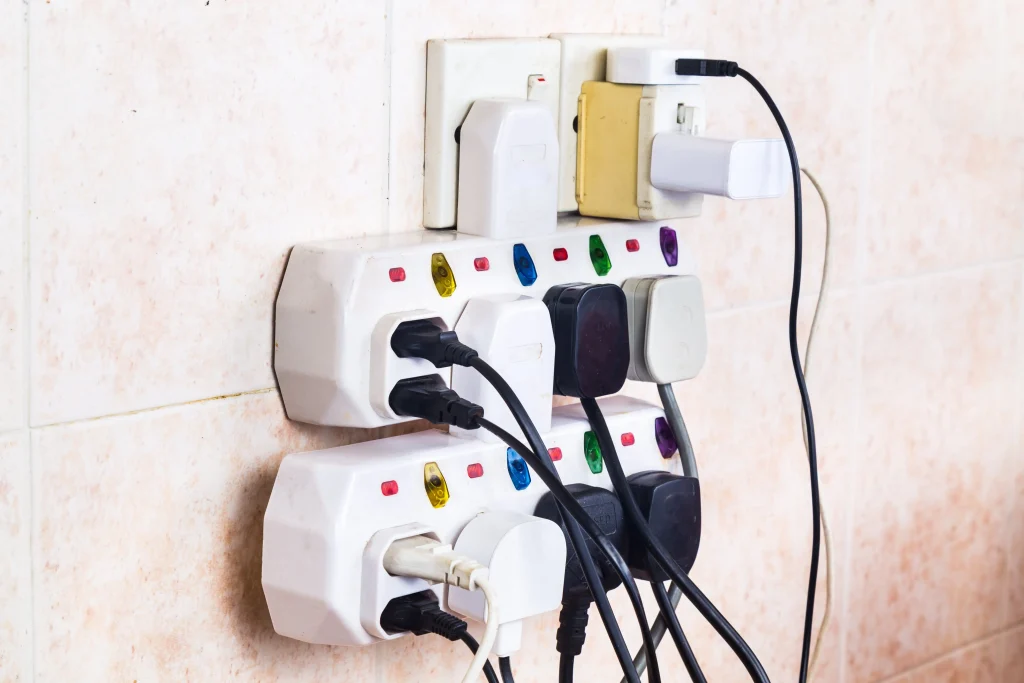
Electrical grounding is a safety measure to prevent unwanted redirection of electric current due to short-circuiting, which can be dangerous. When a plug is grounded. A plug that is “grounded” will have a third prong; and that third prong contributes to facilitating electrical grounding.
When a plug is “ungrounded,” it means that the plug is typically connected to a socket that does not require grounding. Hence, an ungrounded plug will have only two prongs.
Japan, North America, and Mexico
The standard plug type notably found in Japan, North America, and Mexico is the plug types A and B.
The plug type A is characterized by having two prongs that handles 15 amperes and 100-127 volts of electricity. Because it has only two prongs, this plug type is ungrounded. The prongs of a type A plug are flat.
On the other hand, type B plugs are grounded, which means they have three prongs; and this plug handles 15 amperes and 100-127 volts of electricity as well. For type B plugs, they can connect with type A and B sockets. The progs of a type B plug are the same as a type A plug, however the third prong is cylindrical.
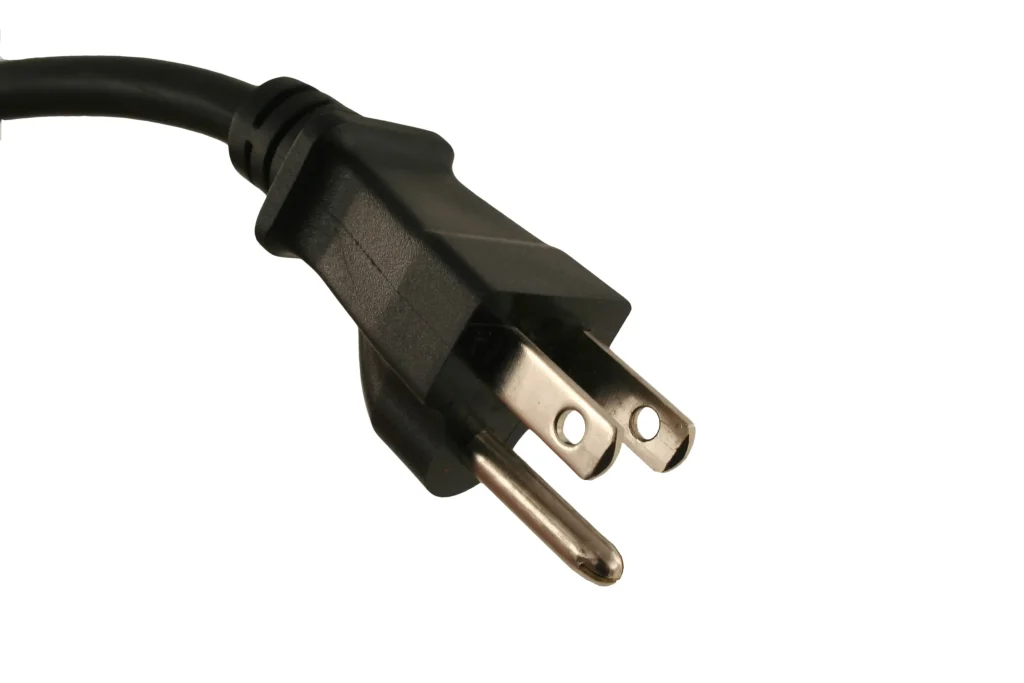
Type A plugs are also typically found in countries like Vietnam, Canada, Venezuela, Saudi Arabia, Costa Rica, Maldives, Puerto Rico, Yemen, Colombia, Jamaica, Dominican Republic, Panama, Malaysia, and the Philippines.
Europe and South America
For the European continent and South America, the standard plug that is commonly present is the type C plug. Type C plugs are ungrounded, which means they possess two prongs; and these plugs handle 2.5 amperes and 220-240 volts of electricity. This type of plug is only compatible with type C sockets. The appearance of the prongs are cylindrical as well.
Despite type C plugs being the standard plug across Europe, Ireland and the United Kingdom is observed to typically use type G plug. Type G plugs are grounded, therefore they possess three prongs; and they carry 13 amperes and 220-240 volts of electricity. Being aware of details like these where certain countries use a different standard plug type compared to the rest of the continent can be helpful when you travel from your condo in Tagaytay.
Type G plugs can only connect to type G sockets. Other countries that use type G plugs are Singapore, Saudi Arabia, Jordan, United Arab Emirates, and Maldives. The prongs of a type G plug are rectangular and thicker than a type A plug’s prongs. The third prong is vertically aligned while the bottom two prongs are horizontally aligned, creating a triangular shape.
Oceania
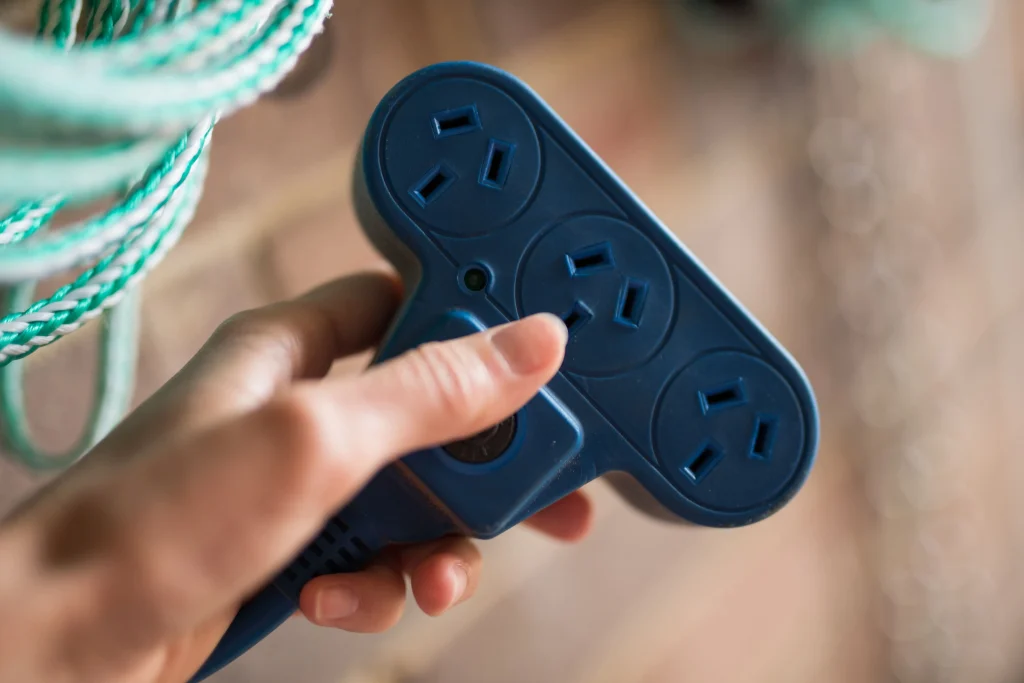
In the Oceania continent, comprised of countries like New Zealand, Papa New Guinea, and Australia, the standard plug is the type I plug. The type I plug can either have two or three prongs; where two prongs means the plug is ungrounded and three prongs means the plug is grounded.
The prongs of a type I plug carry 10 amperes and 220-240 volts of electricity; and a type I plug is only compatible with type I sockets. The prongs are arranged to form the shape of the letter “V.” In addition, type I plugs are one of the more uncommon plugs, although they have been observed to be used in countries like Argentina and China.
Asia
The Asian continent has various standard plug types. To be prepared, it is recommended by other sources to bring type A, B, C, and G plugs. These plugs will be useful for travelling to countries like Malaysia, Vietnam, Laos, Singapore, Hong Kong, the Philippines, and Thailand.
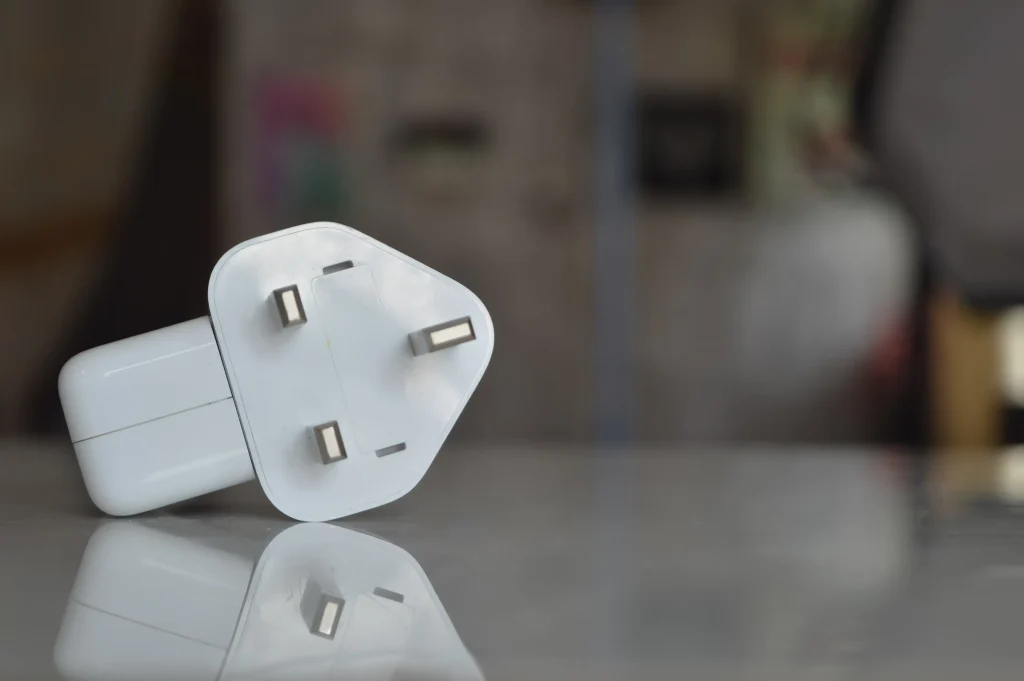
Another plug type that you should bring is the type D plug. Type D plugs are grounded, so they are three-pronged; and they carry 5 amperes and 220-240 volts of electricity. The prongs are cylindrical and are aligned so that they form the shape of a triangle. The type D plug is the standard plug used in India.
Conclusion
If you plan to travel across the globe, it is beneficial to look up which electrical plugs serve as the standard for whatever country you plan to travel to from your condo in Tagaytay. Doing this will save you a lot of trouble once you reach the hotel or property that you will be staying in. An electronic gadget that has run out of battery can prove to be inconvenient, so ensure that you have the right charging equipment prepared when travelling.


